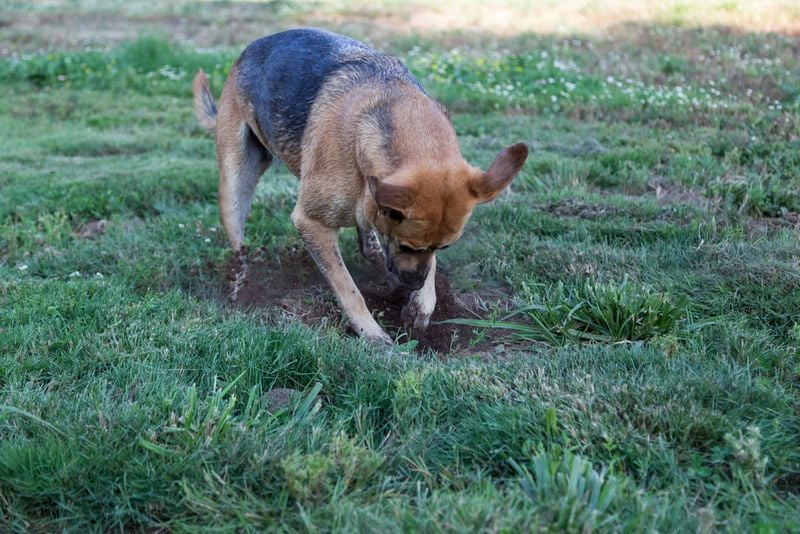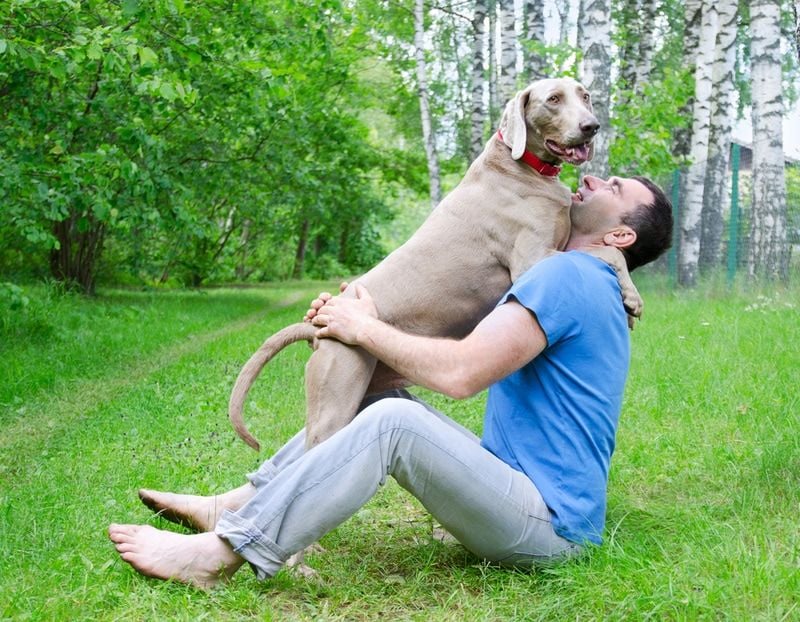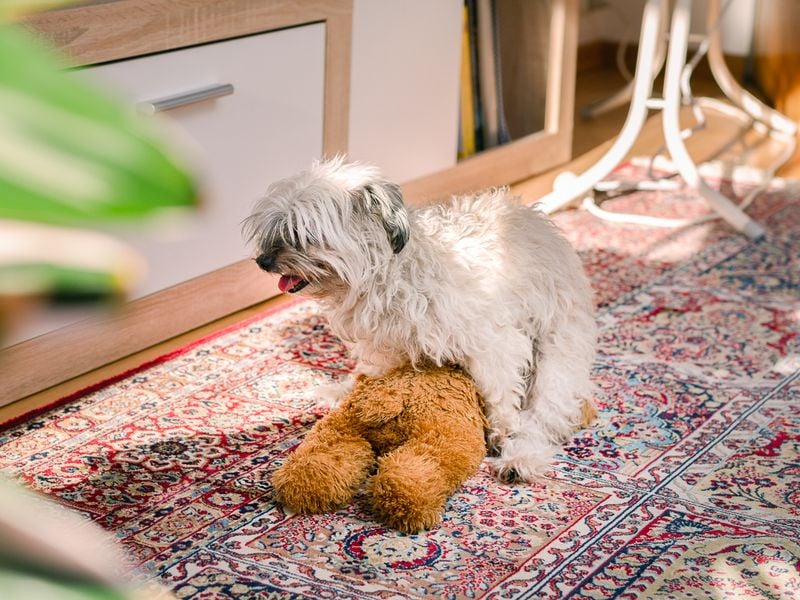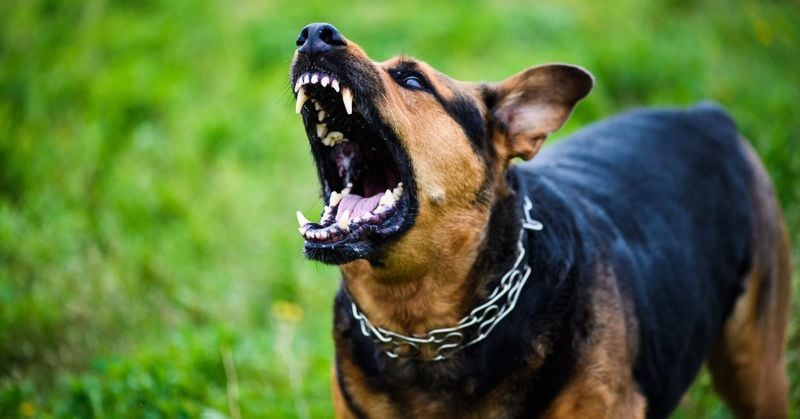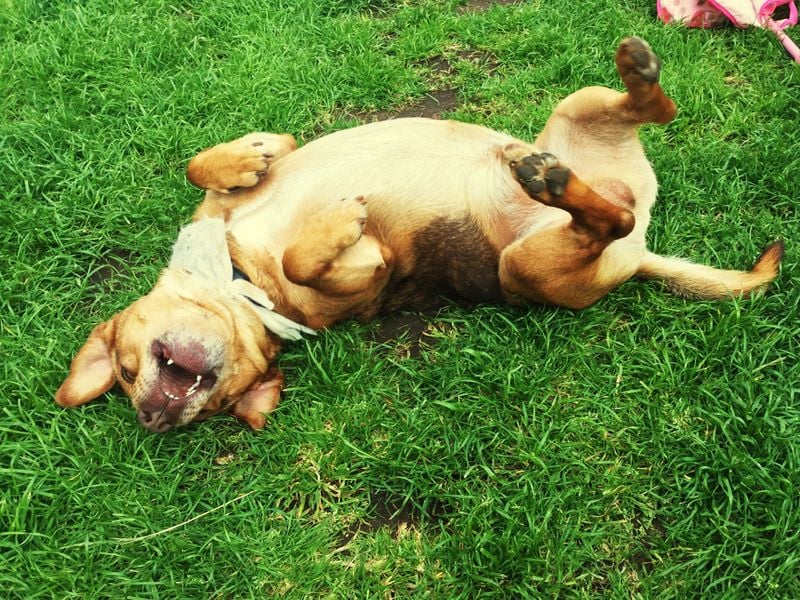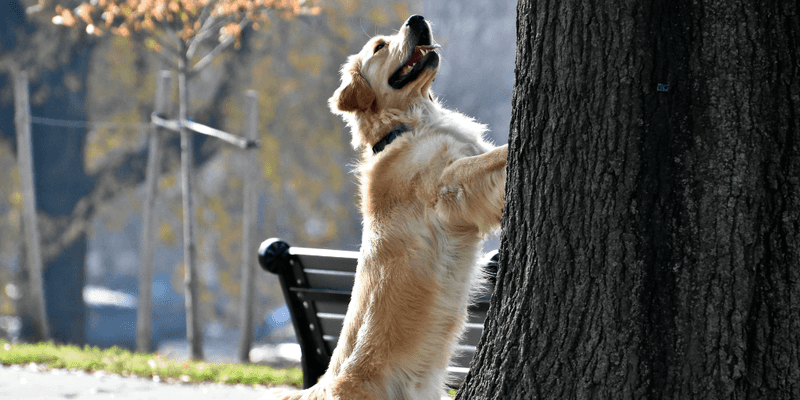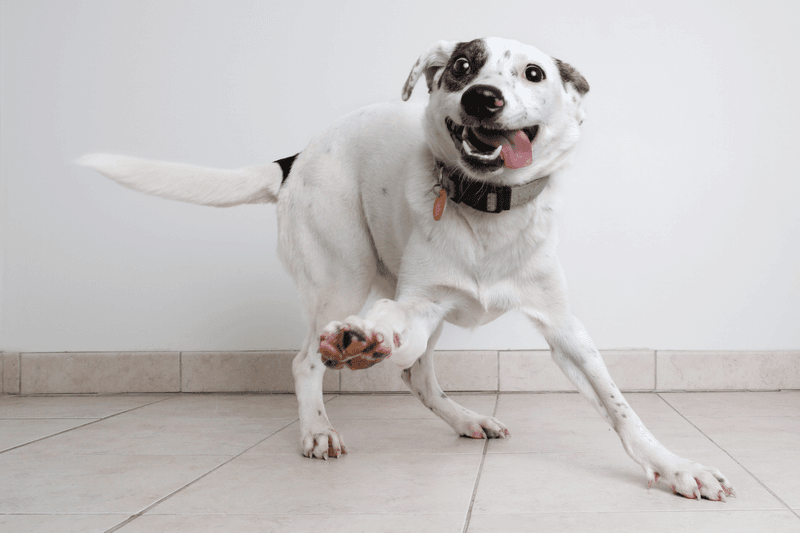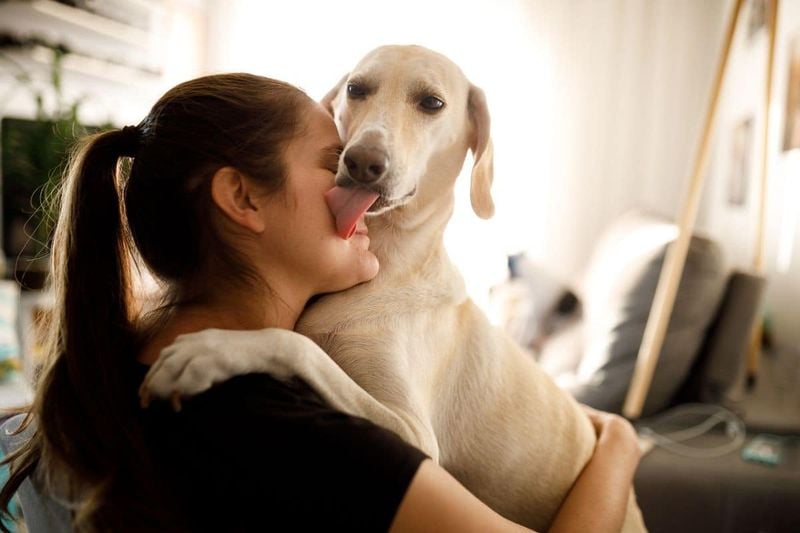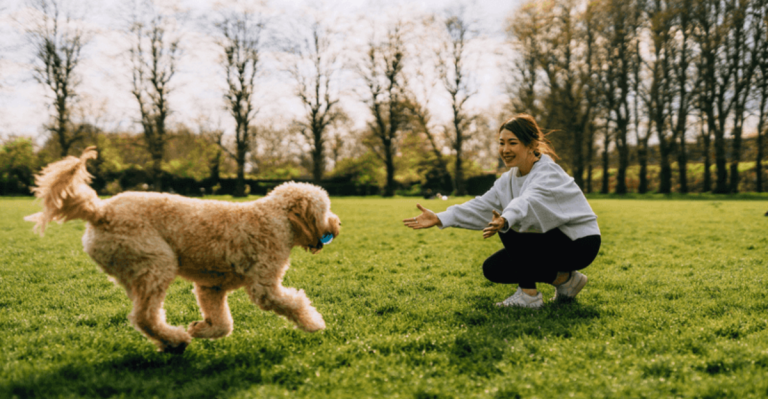13 Natural Dog Behaviors You Should Never Punish Them For
It’s easy to forget that dogs don’t see the world the way we do. What feels like bad behavior to us is often just instinct to them. And when we punish these natural reactions, we risk confusing or even scaring them.
Your dog isn’t trying to test your patience or disobey you on purpose. They’re simply doing what comes naturally—what evolution or emotion has hardwired in. Punishing them for these things doesn’t teach trust—it erodes it.
Instead of correcting behaviors that aren’t truly “bad,” it’s important to understand them. That way, you can redirect, manage, or simply accept them with compassion.
Here are 13 natural dog behaviors you should never punish—because they deserve your patience, not your frustration.
1. Barking to Alert You
Dogs bark to communicate vital information. When they bark at the doorbell or a passing stranger, it’s often a protective gesture meant to alert you. This behavior speaks to their loyalty and desire to safeguard their home. Reacting with understanding instead of anger can strengthen your bond.
Rather than scolding, consider acknowledging their alertness, then calmly redirect their attention. Training them to respond to a command can also be beneficial. A simple ‘thank you’ followed by a ‘quiet’ command teaches them their job is done.
Remember, barking is natural, and with patience, you can manage it without diminishing their natural instincts.
2. Chewing During Teething or Boredom
Chewing is a self-soothing activity for dogs. Puppies chew to alleviate teething discomfort, while adults use it to pass the time or relieve stress. Instead of seeing it as destructive, view it as a necessary outlet for their needs.
Providing appropriate toys can channel this behavior positively. Redirecting their attention to these toys ensures they don’t turn to furniture or shoes. Chewing also keeps their teeth clean and jaws strong.
By understanding this natural need, you help your dog manage stress and maintain dental health. It’s a simple way to cater to their innate behaviors while keeping your belongings safe.
3. Digging in the Yard or Couch
Digging is an instinctual activity, especially among breeds like terriers. It’s often a sign of nesting behavior or a way to release pent-up energy. Some dogs dig to cool off in the soil or to hide cherished items.
Rather than viewing this as a nuisance, consider it part of their heritage. Creating a designated digging spot can satisfy their urge while preserving your flower beds. Reward them for using this space to reinforce the positive behavior.
Understanding and accommodating their need to dig can transform a troublesome habit into a delightful expression of their natural instincts.
4. Sniffing Everything Obsessively
Sniffing is how dogs gather information about their environment. Every scent tells a story, and for them, it’s like reading the daily news. Punishing a dog for sniffing too much on walks limits their mental stimulation.
Instead, embrace their curiosity by allowing extra time for them to explore scents. This enriches their walks and provides vital mental exercise. Consider it their version of a puzzle or a book.
Allowing your dog to sniff freely supports their natural behavior and satisfies their cognitive needs. It’s a simple practice that fosters happiness and contentment.
5. Jumping Up to Greet You
Jumping is a dog’s way of showing affection and excitement. While it may be unwelcome for some, it’s a heartwarming demonstration of their love. Teaching them to greet others politely without punishing this natural enthusiasm is key.
Redirect their energy by encouraging them to sit or offer a paw instead. Positive reinforcement can help them learn alternative ways to express joy. Your patience and guidance will make these greetings more enjoyable.
Remember, their exuberance reflects their love for you. By channeling this energy, you maintain their joyful spirit while fostering better manners.
6. Humping (Even When Neutered)
Humping can be confusing, but it’s not always sexual. Dogs may hump out of excitement, stress, or as a form of play. Recognizing this behavior as normal helps reduce any embarrassment or frustration.
Redirecting their attention to a toy or engaging them in a game can be effective. Training commands like ‘leave it’ or ‘sit’ can also help manage their behavior without punishment.
Acceptance and understanding go a long way in managing this natural instinct. It’s an opportunity to strengthen your training techniques and deepen your understanding of your dog’s communication methods.
7. Whining When You Leave
Whining is often an expression of separation anxiety or distress. When a dog whines as you leave, it’s their way of expressing concern over being apart from you. Rather than punishing, seek to alleviate their anxiety.
Gradually getting them used to your absence can ease their discomfort. Leave them with comforting items like a favorite toy or your scent on a blanket.
Understanding this behavior fosters empathy and helps create a more secure environment for your furry friend. It’s about reassuring them of your return and ensuring they feel safe in your absence.
8. Resource Guarding
Resource guarding stems from a dog’s survival instincts. When a dog guards its food or toys, it’s driven by fear of losing valuable resources. This behavior is not about dominance but security.
Approaching with empathy and gradual training helps mitigate this instinct. Teaching your dog that sharing resources leads to positive outcomes can reduce their anxiety.
Patience and understanding are key in transforming this behavior. By respecting their needs and reinforcing trust, you can create an environment where they feel secure and less compelled to guard their possessions.
9. Growling as a Warning Sign
Growling is a crucial communication tool for dogs. It signals discomfort or fear, warning you to address an issue before it escalates. Suppressing this behavior can lead to more aggressive actions like biting.
Acknowledging their growl and assessing the situation fosters trust. It allows you to address their discomfort and prevents potential conflicts. Training them to associate positive experiences with their triggers can be beneficial.
Valuing their communication helps you understand and respect their boundaries. This approach nurtures a safer and more trusting relationship.
10. Rolling in Smelly Things
Rolling in smelly things might seem baffling, but for dogs, it’s a way to mask their scent. This behavior is rooted in their ancestry, where disguising their odor was essential for hunting.
While it may be unpleasant, understanding its origins helps in managing it. A bath and gentle redirect can help maintain cleanliness while allowing them to enjoy their playful instincts.
Embracing their quirky habits can add joy to your interactions. It’s about finding the balance between their natural behaviors and your comfort levels.
11. Chasing Squirrels, Cats, or Bikes
Chasing is driven by a strong prey instinct, especially in hunting or herding breeds. When dogs chase squirrels or bicycles, they’re tapping into an ancestral drive to pursue and catch prey.
Instead of punishment, channel this energy into engaging activities like fetch or agility training. Understanding their innate drive can enhance your bond and provide fulfilling exercise.
By embracing their instincts, you offer them a chance to engage in natural behaviors safely. This enriches their life and satisfies their ancient urges.
12. Having “Zoomies” Indoors
The zoomies are sudden bursts of energy that can strike anytime. These frenzied runs are a dog’s way of releasing pent-up excitement or nervous energy. It’s a joyful expression, not a sign of bad behavior.
Encouraging safe spaces for these antics can prevent accidents. A secure play area inside or outside lets them revel in their joyous outbursts without risk.
Celebrating the zoomies allows your dog to express happiness freely. It’s a reminder of the simple joys and exuberance they bring into our lives.
13. Licking You Excessively
Licking is a multifaceted behavior for dogs. It can indicate affection, stress relief, or an attempt to groom you. This social bonding activity is ingrained in their nature from birth.
Embracing these wet kisses strengthens your connection. If it becomes excessive, gently redirecting their attention can manage the behavior without discouraging their natural instincts.
Understanding the reasons behind licking fosters a deeper appreciation for this endearing trait. It’s about nurturing their social behaviors while setting comfortable boundaries.



